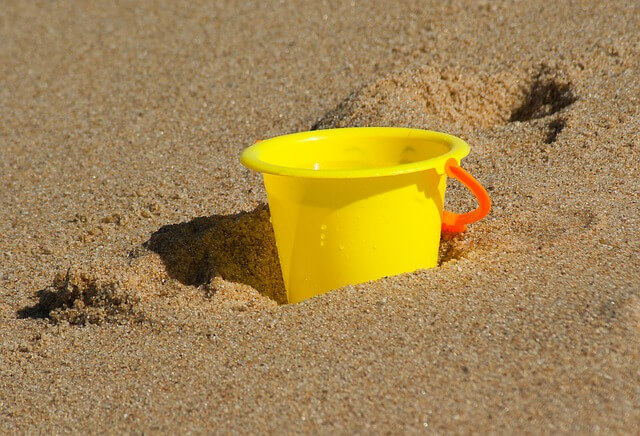
- “Beyond the Pail” isn’t an expression. It could be where you walk past if you’re retrieving water from your spigot, but there are no pails or buckets involved in this old phrase.
- “Beyond the pale” is the correct idiom, meaning something that is out of bounds or beyond what is acceptable. It speaks sometimes to the bizarre and sometimes to a lack of propriety or even the offensive.
The origin of “beyond the pale” seems to harken back to a definition of “pale” that you might not have heard of. We’re not talking about the skin of someone who has seen a ghost or who stays clear of the sun. We’re talking about a definition that comes from the Old English word pāl, and as a hint, the word “pole” derives from this same word.
Historically, a “pale” is a pointed wooden stake that creates a barrier or marks off an enclosure. It can sometimes reference the enclosed area or jurisdiction itself, such as an Irish Pale or the Pale of Calais in France (note the capitalization), which were both historical districts.
If you’re going to the beach, don’t stress about going beyond the pail. If you spend some time soaking up the sun, you might go beyond the paleness of your winter-weary skin, but be sure not to act beyond the pale or the lifeguard might ask you to leave.
Kicking buckets—both literal and metaphorical—is probably best to be avoided. As for pails and pales, it’s good to know the difference and, when necessary, to act (and spell) accordingly.
Join 1,000+ subscribers and sign up for my writing and editing email newsletter for more language tips and trivia like this.